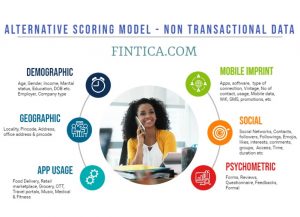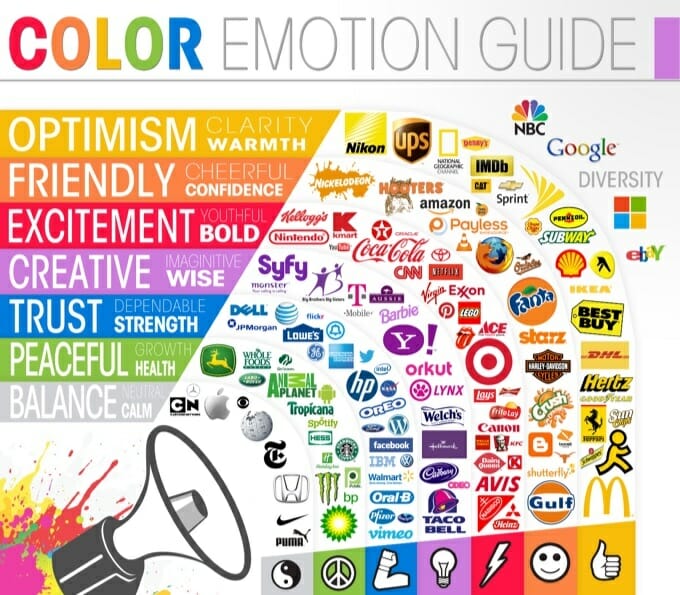Neuromarketing as the marketers and the scientist envisaged, was the true utopian world for the companies wherein they are able to do one thing that has been elusive to them till now: Getting inside the brains of their customers. All decisions taken are transparent to the advertisers and campaigns are created to reach to specific and latent needs.
In it’s current form, that stage is still a far dream but there have been successes in understanding the behavioural trend at multiple instances. A music videos success was forecasted by doing a neuroimaging research on a group of listeners before the actual release (2012). Colors and visual orientations have been used by FMCG companies to attract and increase sales.
So what is Neuromarketing?
Neuromarketing is a hybrid discipline which encompasses Neuroscience, Economics, Marketing, Sociology, Psychology among others. It tries to understand the brain activity for specific consumer behaviour and use natural or implanted stimuli to push for a decision making. Though the brands are using the concept in one way or another since long, a formal definition came to picture only in beginning of 21st century. The concept was popularized by companies like Bright house & Sales Brain around 2002 who started providing Neuromarketing research based consultancy. The 2004 research by Read Montague to differentiate between the brand perception between coke and Pepsi led to the foundation of academic interest in this field. There are various allied field of Neuromarketing like Neuroeconomics, Neuropsychology, Neuroethology among others.
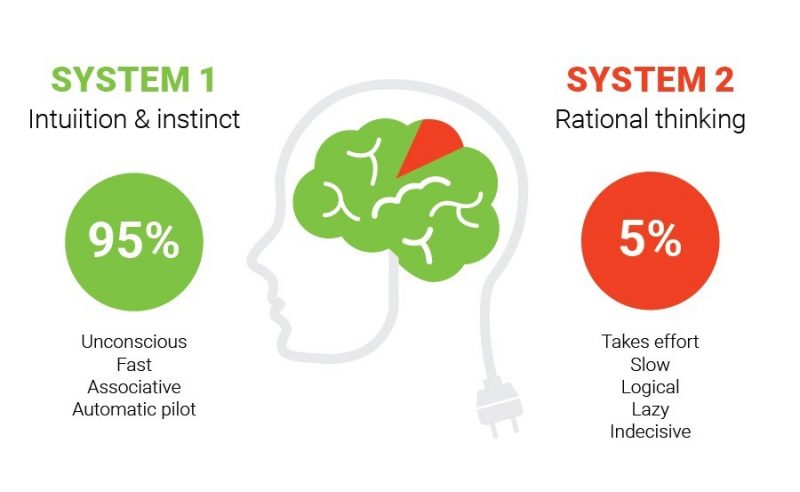
Neuromarketing relies on the System 1 & System 2 approach of Daniel Kahneman which is one of the most accepted theory in this field. This system works on the sympathetic & parasympathetic nervous system. Sympathetic Nervous System Response (SNS) is the unconscious & immediate response to any stimuli (Fight or Flight) which Kahneman termed as System 1 which is the fast reaction with little cognitive exposure. System 2 is the slow, rational and cognitive response by Pre-frontal Cortex part of brain (PFC).
A Neuromarketer generally relies on following indicators to gauge or guide a consumer:
Colour: Colour has a very special significance for Neuromarketers. Each colour has its own significance. Research has shown that there is huge incremental change in spends with light coloured advert vis-a-vis dark colour ones for most of the segments. Red colour is considered the symbol of passion and Energy while a green colour denotes hope & honesty. In Neuromarketing, Colour is extensively used to stimulate brain to create a product and brand perception which is further enhanced by providing a homogenous colour ecosystem to implant the idea
Audio & Visual stimuli: Ever wondered why now days all persona advertisements are showing the person to be looking at the product in focus. A neuromarketing research had shown in past that the visual stimulus of the kid seeing the diaper will lead to the higher interest in the product. Heat mapping: Heat mapping using Eye tracking a tool to understand the specific interest of the consumer for a specific real estate location and placing the right product at that point to ensure higher conversion.
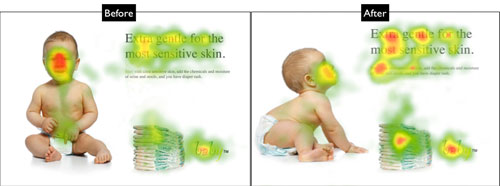
Odour, Smell & Taste: Going to a movie theatre and suddenly the aroma of popcorn will entice you to buy one. Or passing a coffee shop and the aroma of coffee will push you to go inside to have that sip. These are the direct result of physical stimuli to brain for an emotional decision making.

- Decision paralysis: Decision paralysis happens at times due to abundance of options and using the brain receptiveness to place optimal number of similar products side by side.
- Use of Anchoring & Velocity: Neuromarketing studies have revealed that the customers create a value for the first product they see and compare the value proposition vis-a-vis the first one for all subsequent options. Also creating a paucity and time sensitivity gives a signal to brain to act faster leading to activation of System 1 response.
Additionally researcher also relies on Internal Neuroimaging techniques for
- Ad efficiency
- Effective packaging
- Product acceptance & perception
- ERA (Emotional response analysis)
- Usability studies
- Brand building
- Webpage receptiveness
- Pricing acceptance
The various Neuroimaging tools as per BitBrain are as follows:
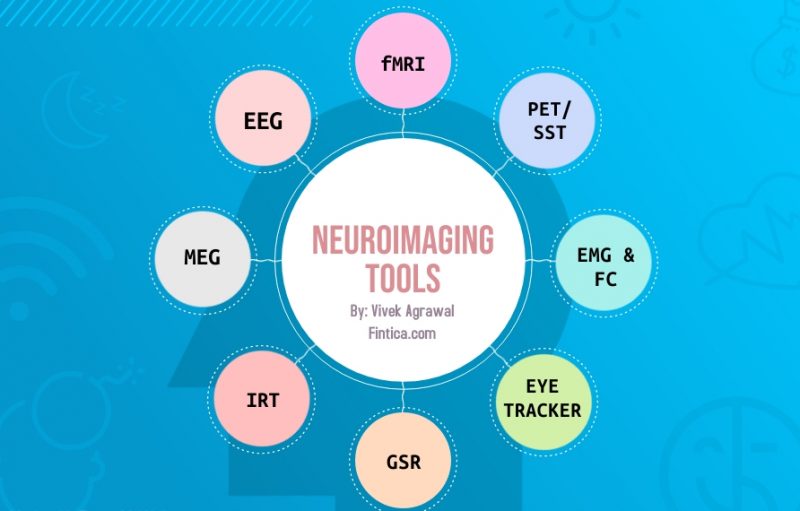
- fMRI (functional MRI): This is the most common Neuroimaging tool and has been extensively used for research and commercial testing. The advantage of this tool is its comparative accessibility and affordability. It measures the change in blood flow due to exposure to certain stimuli.
- EEG (Electroencephalogram): EEG has been used widely for medical purposes and of late researchers have used this to check for the change in electrical signals in brain during to an external exposure
- PET (Positron-Emission Tomography): This is an invasive technique wherein a tridimensional short lived radioactive substance is injected intravenously and those readings are noted. This is a restricted and expensive tool.
- MEG (Magnetoencephalography): MEG helps by tracing the change in magnetic fields in the brain basis the change in electrical signals in the brain area. This is done by placing a special helmet on head with close to 300 sensors.
- Eye Tracking (ET): Eye tracking has gained a lot of traction in recent years wherein the researchers are using Infrared to gauge the pupil movement. There are multiple variations of eye tracking that has come into existence including wearable glasses & VR modes.
- EMG (Electromyogram): fEMG is a tool which register voluntary and involuntary response of facial muscles when exposed to a stimuli or environment. This is an obstructive tool with limited applicability.
- Facial Coding (FC): Facial coding is yet another tool gaining popularity. This is similar to EMG but without the facial sensors. So while the electrical response in not available in this technique but using high depth camera, a lot of insights are gained.
- SST (Steady State Tomography): This technique measures the variation in visual evoked potentials SSVEP measured in the EEG activity of the subject when exposed to visual stimuli (in this case, marketing stimuli) (ref:
- GSR (Galvanic Skin Response): This technique uses the slight change in response of skin conductance & perspiration. This technique read the sweat response of a person when exposed to a stimuli.
- IRT (IAT, Semantic Priming, & Visual Priming)
- Indoor positioning Technique (Beacons, Camera, Neckly etc)
Famous Neuromarketing successes:
A research by Boksem and Smidts (2015) led to understanding that higher box-office revenue sales of a movie could be forecasted through increased activity at gamma frequencies at fronto-central sites during the viewing of a movie trailer. It has been found that the similarity between viewers’ brain activity during the viewing of a movie (trailer) was predictive of levels of attention (Hasson et al., 2008b), emotional arousal (Nummenmaa et al., 2012), engagement (Dmochowski et al., 2012; Chan et al., 2019), social buzz (Dmochowski et al., 2014), future recall (Barnett and Cerf, 2017), memory encoding (Hasson et al., 2008a), personal liking (Chan et al., 2019), or box-office revenues (Barnett and Cerf, 2017; Christoforou et al., 2017). Hasson et al. (2004) were the first to compare the brain responses of one respondent to that of others. By comparing the brain regions across all pairs of respondents, they could identify similar brain responses across the subject pool while they were watching The Good, the Bad, and the Ugly. Besides similarity in visual and auditory cortices, frontal and parietal regions also showed similar responses, indicating that the movie also engaged neural patterns associated with narrative and emotional processing. (Sciencedirect 2021)
See the below Infographics for few more practical world usages:
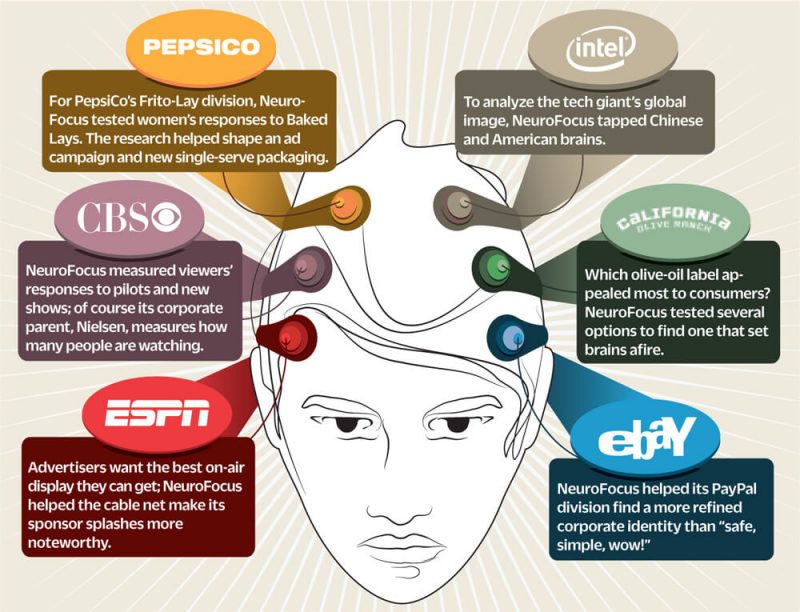
The Future of Neuromarketing:
The current environment with flooding of data thanks to social media and hyperactive consumerism has led to a stage wherein the customers decision making capacity is paralyzed thanks to the choices and analysis available to them. There has been an increased tendency to go for unconscious decision making rather than a cognitive & rational decisioning. Such a world has made the role of Neuromarketing all the more significant as the marketers have to identify the right stimuli and motivators for activating system 1 response system in their favour.

